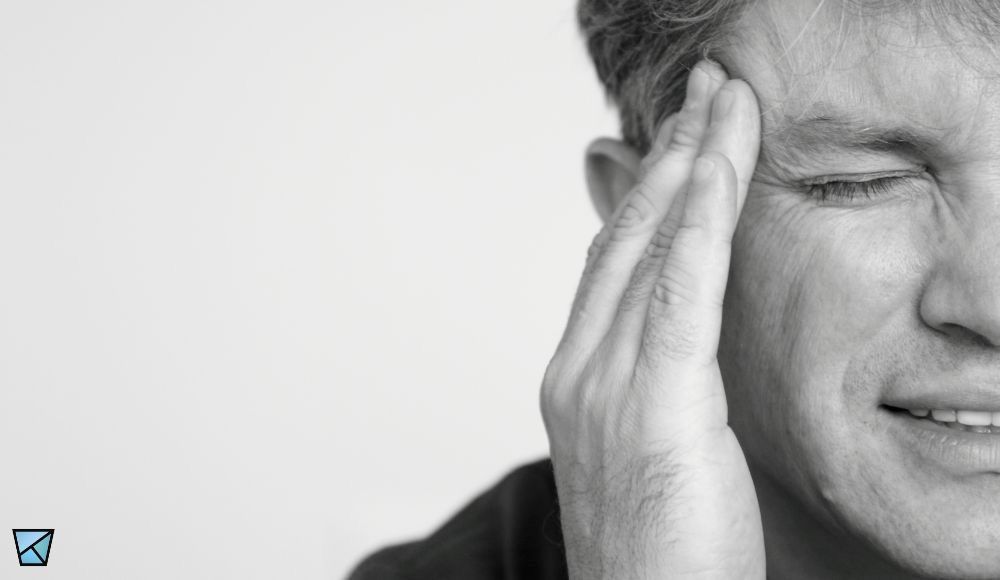
A history of upper cervical chiropractic reveals the evolution of a specialized approach that focuses on the upper spine. From its origins to modern advancements, this history highlights key figures, breakthroughs, and the growing recognition of its benefits for patient care and spinal health.
The Origins and Evolution of Upper Cervical Chiropractic
For nearly a century, upper cervical chiropractic care has been helping people achieve natural relief and enhance their overall well-being. This specialized approach focuses on the critical connection between the upper cervical spine and your body's health, offering a unique path to recovery.
Chiropractic care has come a long way since its beginnings in 1895 when D.D. Palmer performed the first chiropractic adjustment and opened the first chiropractic school in Davenport, Iowa, shortly after. Early chiropractors, including Palmer himself, continually refined their techniques to relieve pain and enhance the body's function.
However, the story of upper cervical care begins in the 1930s with B.J. Palmer, D.D. Palmer's son. His groundbreaking research into the upper cervical spine led to the development of the Hole-In-One (HIO) technique, which focuses on adjusting the atlas, or C1 vertebra. This technique marked a significant milestone, signaling the beginning of a more specialized form of chiropractic care.
Today, upper cervical chiropractic care has evolved into a trusted method for addressing issues like headaches, neck pain, and even chronic conditions. Several pioneers helped to bridge the gap between B.J. Palmer and today's chiropractic community.
Pioneers in the Field
One of the first influential pioneers in upper cervical chiropractic was Dr. John F. Grostic. His innovative work in the early 1940s led to the development of the Grostic Procedure, which emphasizes precise and gentle adjustments to the atlas and axis vertebrae.
Another noteworthy figure in upper cervical care was Dr. Ralph Gregory, the developer of the NUCCA technique and founder of the National Upper Cervical Chiropractic Association in 1966, refining Dr. Grostic's work.
The 1960s witnessed significant advancements in imaging technology, enabling more precise diagnosis and treatment. William Blair developed the Blair Technique, using specific X-rays to visualize the unique bone structure of each patient. Roy Sweat introduced the Atlas Orthogonal Technique, incorporating a percussion instrument for adjustments.
During the 1980s, upper cervical care continued to evolve, with Patrick Flanagan developing the Orthospinology procedure, a further refinement of Dr. Grostic's work.
Advancements in Techniques
Unlike traditional chiropractic adjustments, which often involve manual manipulation of the spine, today's upper cervical chiropractic approach relies on precise adjustments tailored to each patient's unique anatomy.
Advanced imaging techniques, such as digital X-rays, thermography, and CBCT (Cone Beam Computed Tomography), identify the exact location and degree of misalignment.
Some upper cervical chiropractors utilize specialized, laser-guided instruments to deliver highly accurate and gentle adjustments. These advancements ensure that upper cervical chiropractic care is rooted in science and tailored to each patient's needs.
Are You Ready to Begin Healing?
If you’re struggling with migraines, headaches, neck pain, or a postural imbalance, upper cervical chiropractic care at Keystone Specific Chiropractic Center could be the solution you’ve been hoping for. Our dedicated team is here to help you achieve optimal health and well-being.
Visit us for a consultation and discover how upper cervical care can help realign your spine and restore your health. To schedule an appointment, please contact us online or call us at 610-741-6700.






